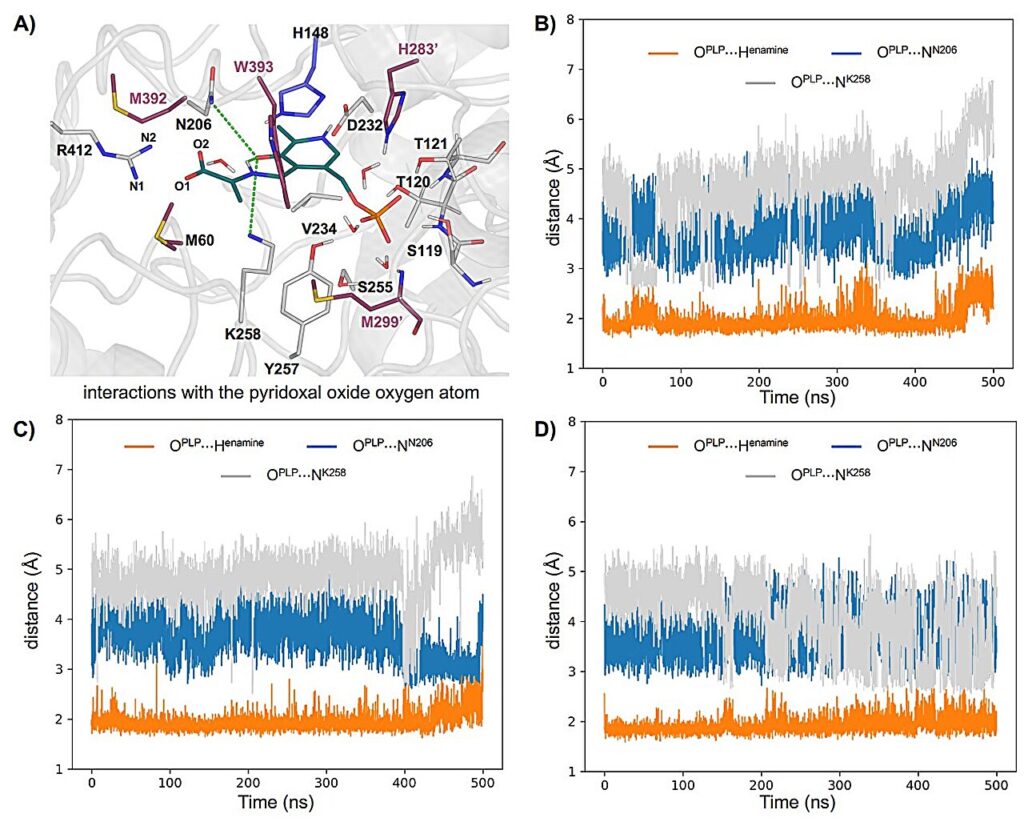
In a groundbreaking advancement for drug discovery, researchers at the University of California, Santa Barbara, have developed a novel biocatalytic method capable of generating a diverse library of molecules. This innovative approach, detailed in the journal Science, has the potential to revolutionize the field of medicinal chemistry by enabling the creation of molecular structures previously inaccessible through conventional methods.
The research, led by UC Santa Barbara chemistry professor Yang Yang, introduces an enzymatic multicomponent reaction that results in six distinct molecular scaffolds. These scaffolds, many of which are new to the scientific community, could play a pivotal role in the development of new drugs.
Diversity-Oriented Synthesis: A New Frontier
Diversity-oriented synthesis (DOS) aims to create a wide array of structurally diverse molecules that can be screened for beneficial biological and chemical properties. Unlike traditional synthesis methods that target specific molecules, DOS increases the likelihood of discovering novel bioactive compounds capable of interacting with biological targets.
At the core of these biologically active compounds is the carbon-carbon bond, a fundamental component of organic chemistry. By mastering the creation and manipulation of these bonds, scientists can produce powerful new molecules with potential therapeutic applications.
Combining Natural and Synthetic Catalysts
Yang’s team, in collaboration with Professor Peng Liu’s research group at the University of Pittsburgh, has proposed a combinatorial process that utilizes both enzymes and sunlight-harvesting catalysts. This approach leverages the efficiency and specificity of enzymes with the versatility of synthetic catalysts, leading to the production of novel molecular scaffolds with well-defined stereochemistry.
“Enzymes are nature’s privileged catalysts,” Yang explained. “They have evolved over vast timescales to be powerful, efficient, and specific. Our method combines their strengths with those of synthetic catalysts to achieve unprecedented results.”
Implications for Medicinal Chemistry
The potential applications of this research are vast. By enabling the accelerated synthesis of novel molecules, this method could significantly speed up the drug discovery process. According to Yang, “The ability to generate novelty and molecular diversity is particularly important to medicinal chemistry.”
Historically, biocatalysis was primarily associated with the large-scale production of specialty chemicals. However, this new method suggests that biocatalytic processes can also be integral to discovery chemistry, offering a new tool for researchers seeking to develop innovative drugs.
Expert Insights and Future Directions
According to experts, the integration of biocatalysis into drug discovery represents a significant shift in the field. “This development could change the way we approach drug synthesis,” noted a leading chemist not involved in the study. “The ability to efficiently produce diverse molecular structures opens up new possibilities for therapeutic interventions.”
Looking ahead, the research team plans to further explore the potential of their method. “We are excited to see how this approach can be applied to other areas of chemistry and biology,” Yang said. “Our goal is to continue pushing the boundaries of what’s possible in molecular synthesis.”
The study was a collaborative effort, involving researchers Chen Zhang, Jun Zhou, and Silvia M. Rivera at UCSB; Pei-Pei Xie and Turki M. Alturaifi at the University of Pittsburgh; and James Finnegan and Simon Charnock at Prozimix Ltd. in the UK.
More information: Chen Zhang et al, Diversity-oriented photobiocatalytic synthesis via stereoselective three-component radical coupling, Science (2025). DOI: 10.1126/science.adx2935
As the field of medicinal chemistry continues to evolve, this breakthrough in biocatalytic synthesis stands as a testament to the power of innovative research and collaboration. The implications for drug discovery are profound, offering new hope for the development of treatments for a range of diseases.







